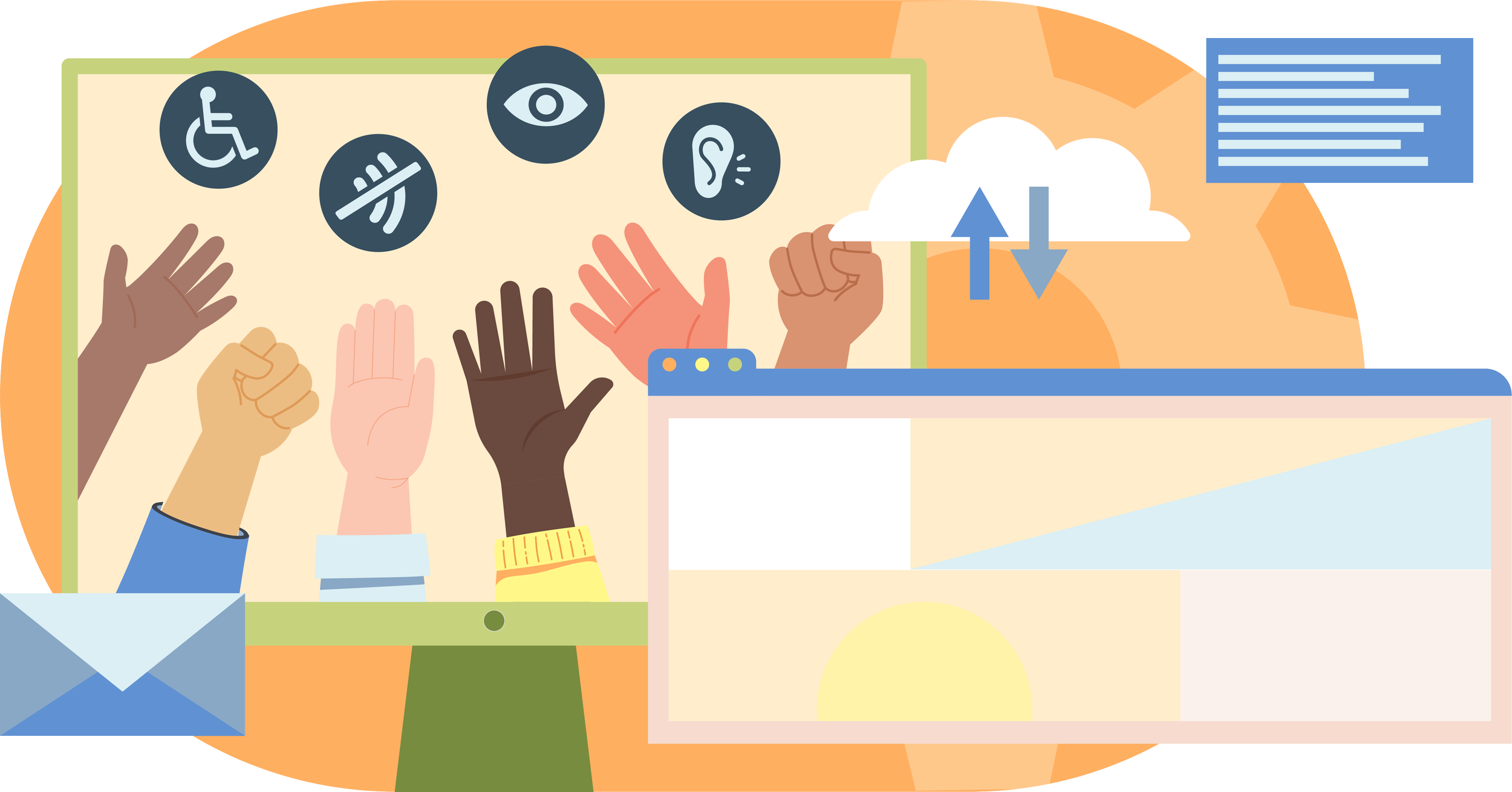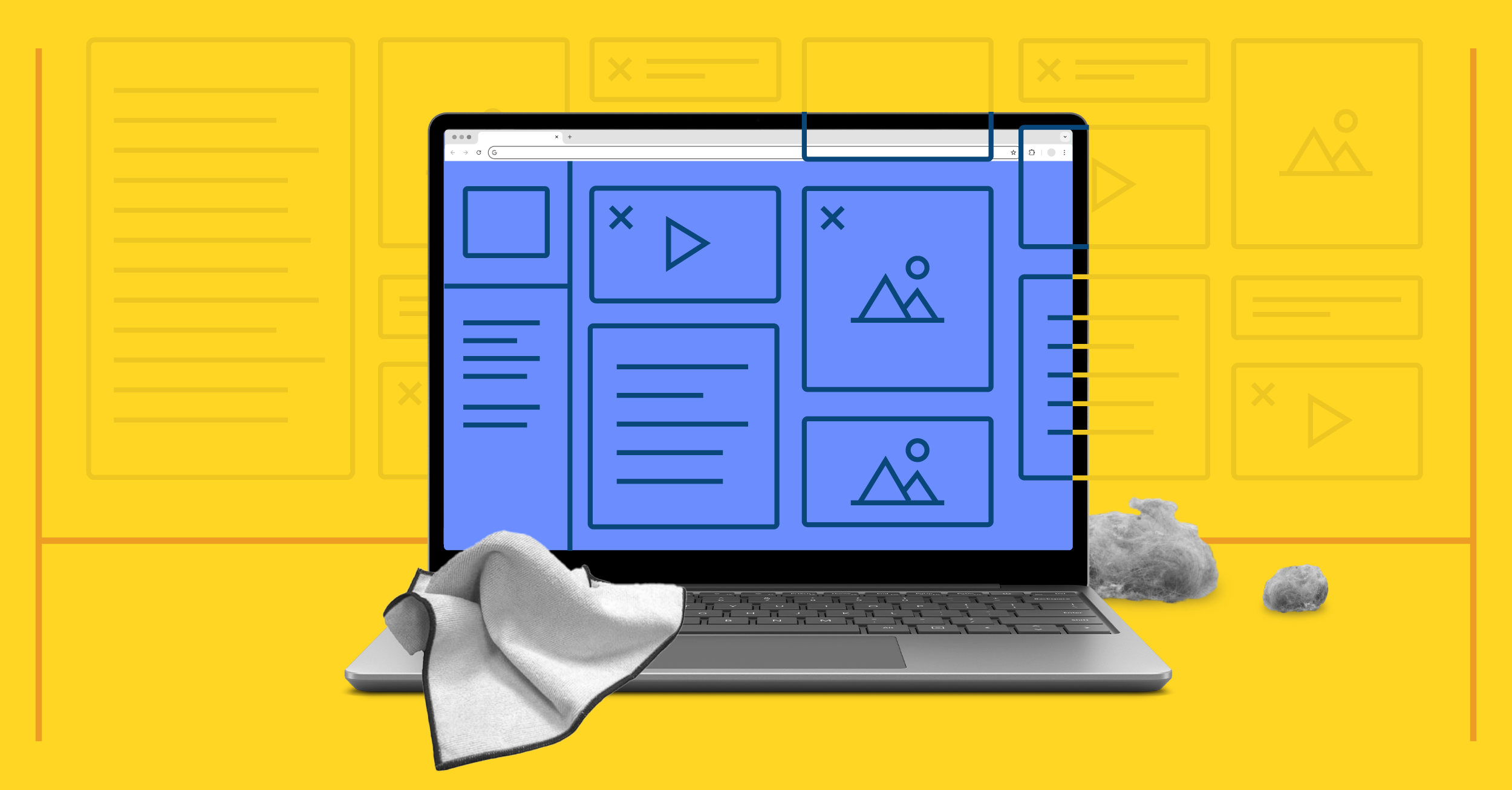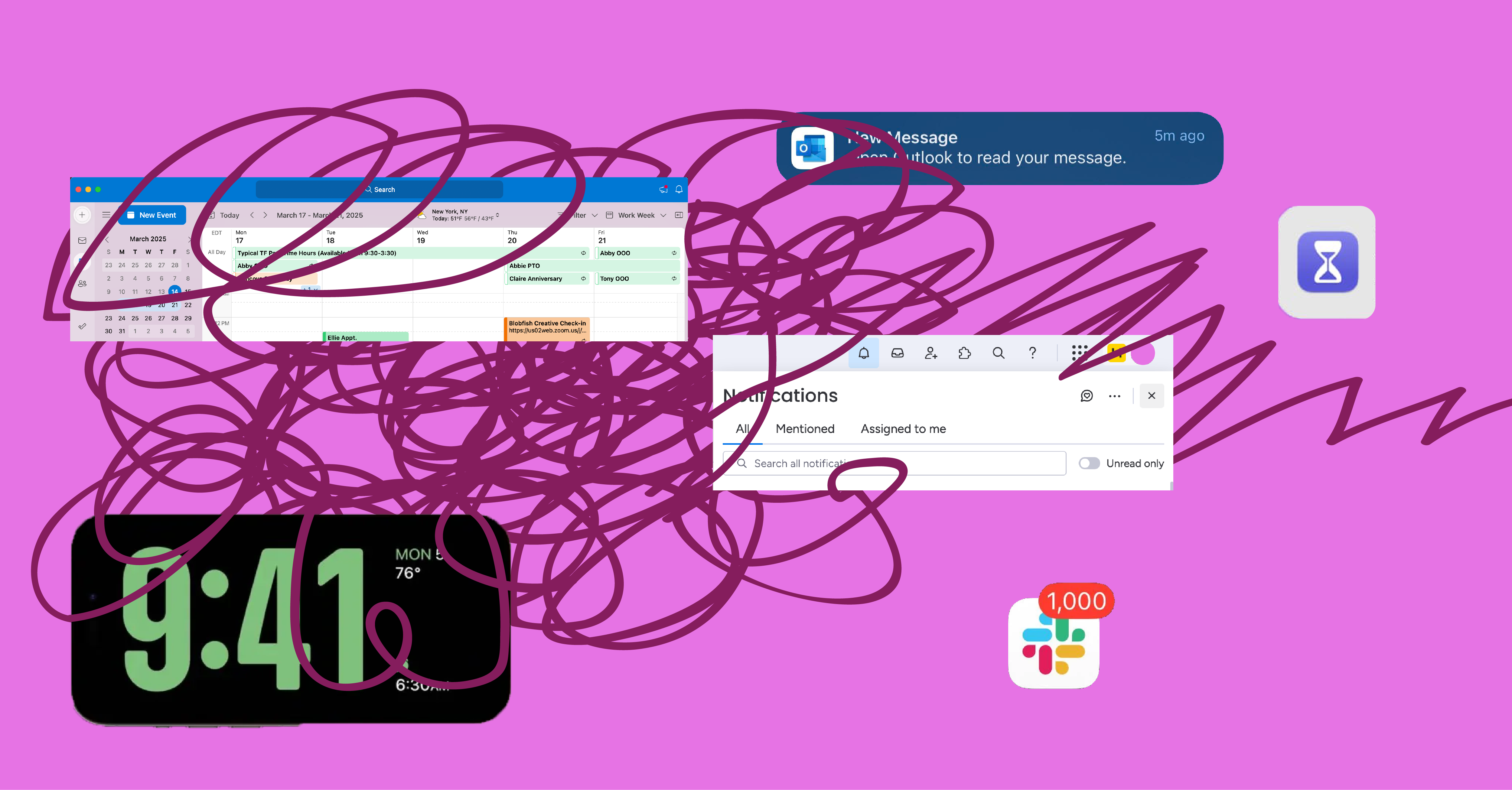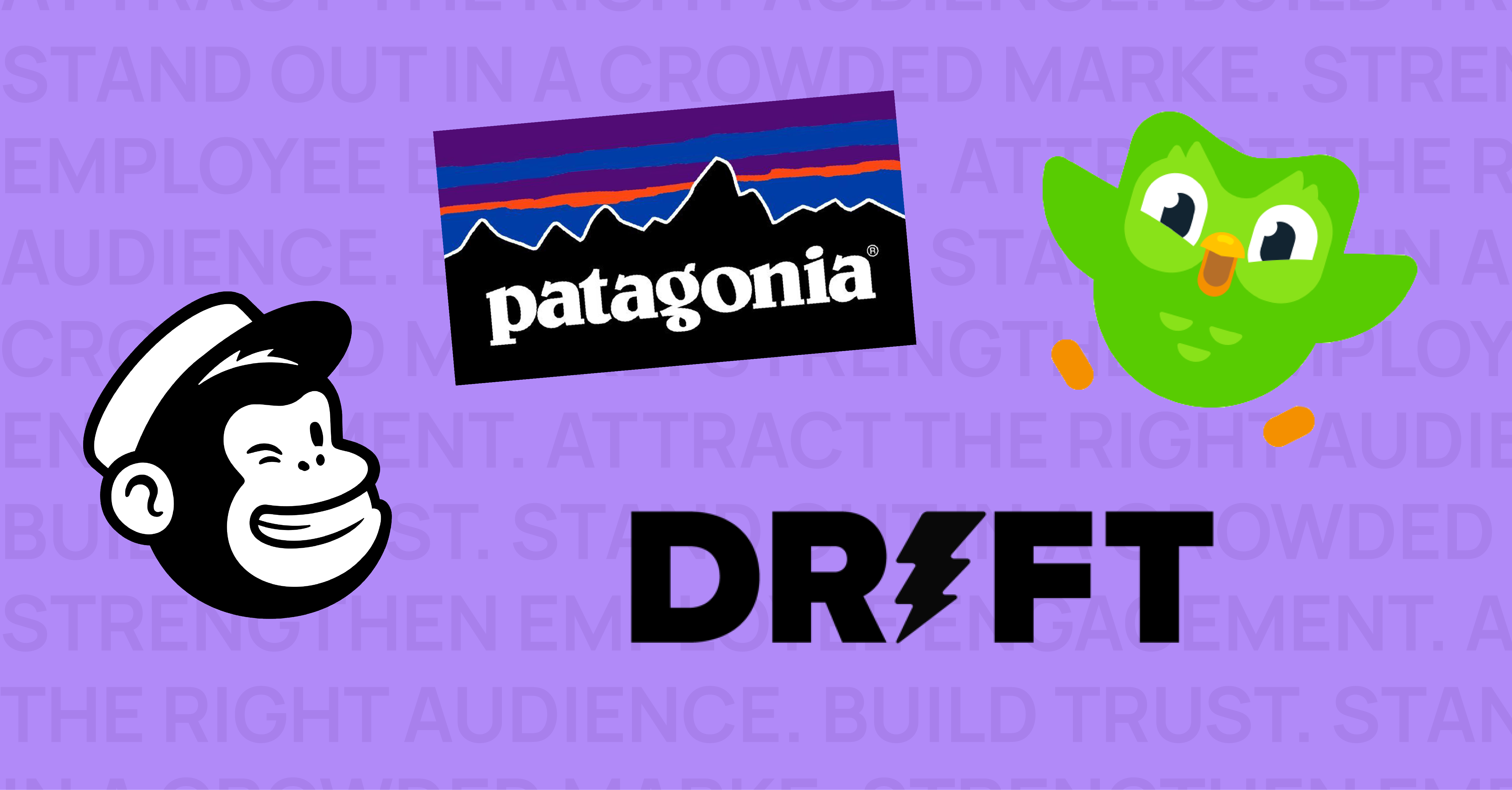Accessibility can feel like a delicate subject to broach, especially when considering how best to incorporate it in our work as marketers. We all recognize the importance of being inclusive, but when it comes to accounting for the full spectrum of needs in a way that is both thoughtful and meaningful, it can be difficult to know where to start. Rather than succumbing to the overwhelming “do more” feedback loop or its unhelpfully vague cousin “do better”, we suggest taking a deep breath and starting with some of these tangible goals for building accessibility into your marketing strategy.
Review Your Marketing Materials with Accessibility in Mind
In the process of churning out blog posts, social graphics, whitepapers, sell sheets, emails, and any number of marketing pieces your team produces, it’s important to account for the different audiences that will be accessing them and what accommodations they might need to do so. At its core, accessible marketing involves representation, thoughtful and intentional design decisions, and taking steps to ensure your information can be easily perceived.
Fortunately, there’s been significant progress across the industry to improve accessibility in areas like websites and digital media. Emerging best practices include adding closed captioning or transcripts to videos, writing and embedding alternate image descriptions for graphics so they are digestible when read out by screen reader apps, and testing the color contrast of your content to maximize readability. Video captioning is often pitched as a pragmatic move in a world where many people scroll through social feeds without sound, but it’s also a helpful accommodation for people with hearing impairments. Many video hosting platforms offer automated captioning features that you can turn on for all videos. Similarly, including video transcripts to accompany the videos on your website not only improves accessibility but allows you to capitalize on the bonus SEO of the video dialogue.
Your website is an opportunity for all of these accessibility best practices to come together, so why not put it to the test to identify existing opportunities for improvement? Conducting an Americans with Disabilities Act (ADA) compliance audit of your website catalogs elements of your site that fail to meet compliance standards such as low-contrast text and color combinations, inaccessible forms, or mouse-only navigation. Many programs running audits supply clear directions for adjusting and bringing your website into compliance. It’s a great idea to schedule regular audits of your website as updates are made. This process offers the opportunity to bake accessibility into your website, which is arguably the most robust entity of your brand.
Re-Evaluate the Language Used in Your Content
Language is a funny thing. It morphs over time without us noticing, allowing words and phrases with harsh or unkind origins to embed themselves into our daily lexicon. As we learn and grow, we look to remove dated or offensive terms from our vocabulary so we’re able to communicate more effectively and empathetically.
When re-examining the way your team writes about disability, make sure you’re employing person-first language (ex. use “person with a disability” instead of “disabled person” or “handicapped”). We’re seeing a this shift to person-first language across many industries in an effort to emphasize the individual person over one piece of their identity.
Just as important is avoiding victim language and euphemisms. This kind of language can be infantilizing for people with disabilities and reaffirm the notion that disability needs to be softened or talked around. An easy stress test? If your writing becomes overly wordy and complex, you might be guilty of this bad habit. Speak and write about people with disabilities in a way that acknowledges their agency and individuality without being too precious. Rather than skirt around someone’s disability with phrases like “differently abled” or “person of determination,” just use the simple and direct phrase of “person with a disability” discussed above. And, when you’re unsure of best practices, consult a disability language style guide.
Lead with Curiosity and an Open Dialogue
It’s easy to feel nervous about “getting it right” when writing about a person’s unique lived experience. The best thing we can do when we’re unsure is to ask questions. When featuring a person with a disability in your content, ask for direction and let them guide you in how they should be written about. They would know best!
Everyone has an idea of how they want the various elements of their identity talked about. Disability is no different. As you chat, ask your interviewee how they want their disability to be featured in the content you produce. How much should you discuss it? What kind of language is best? If their disability is visible, how should it show up in photos you share? It’s essential to remember there is no one right way of doing any of this. We are all human, and the best approach to eliminate biases and exclusivity is curiosity and shared understanding.
Let’s Talk Accessibility in Marketing
Looking for help implementing accessibility and inclusivity into your marketing strategy? Get in touch with our team to see how Hencove can help.



